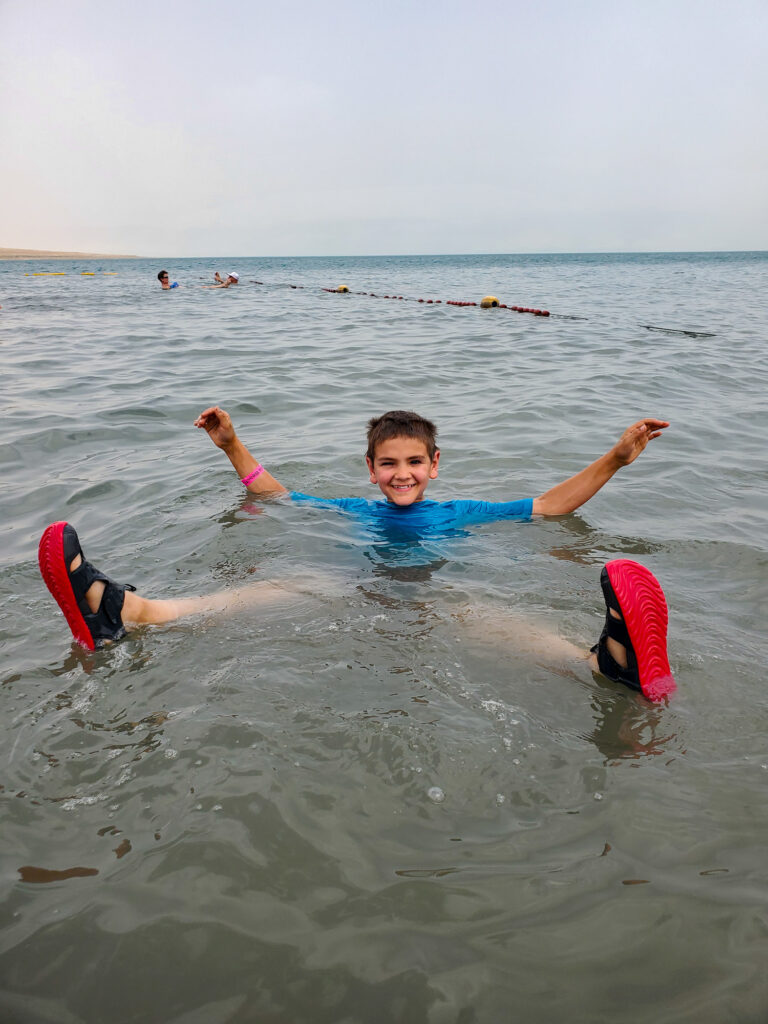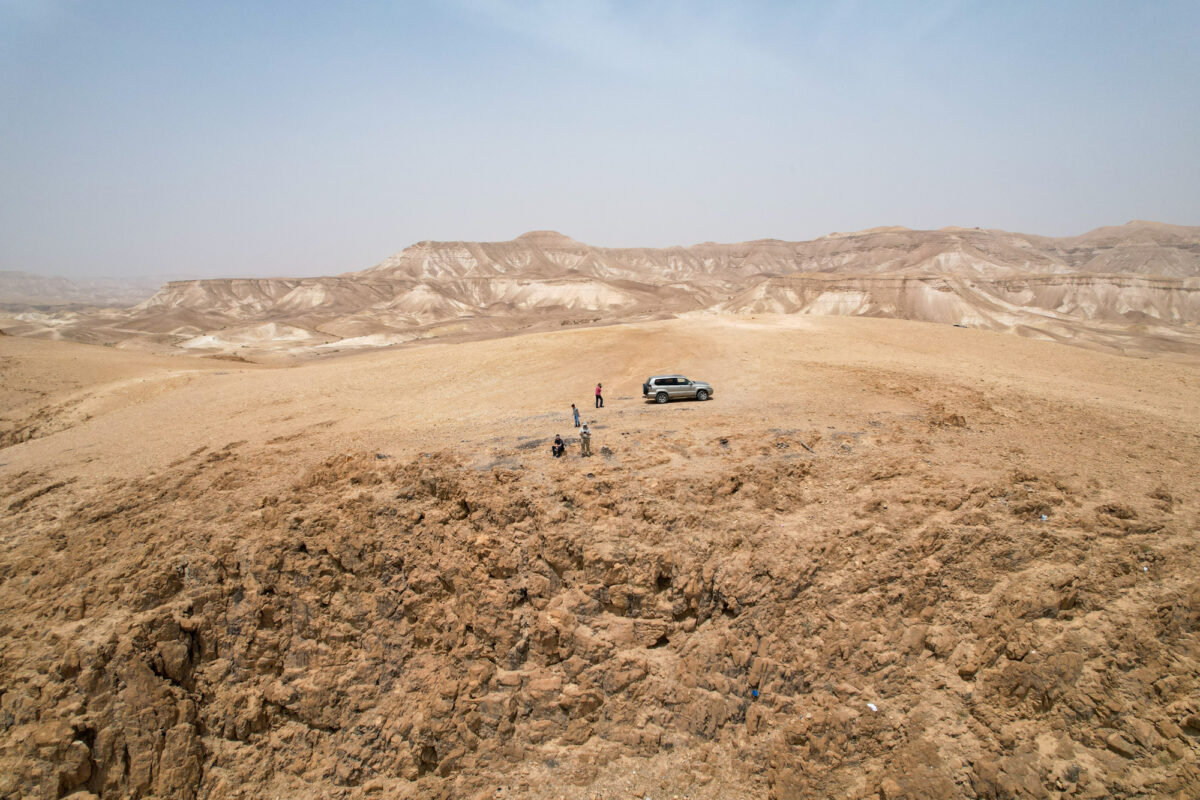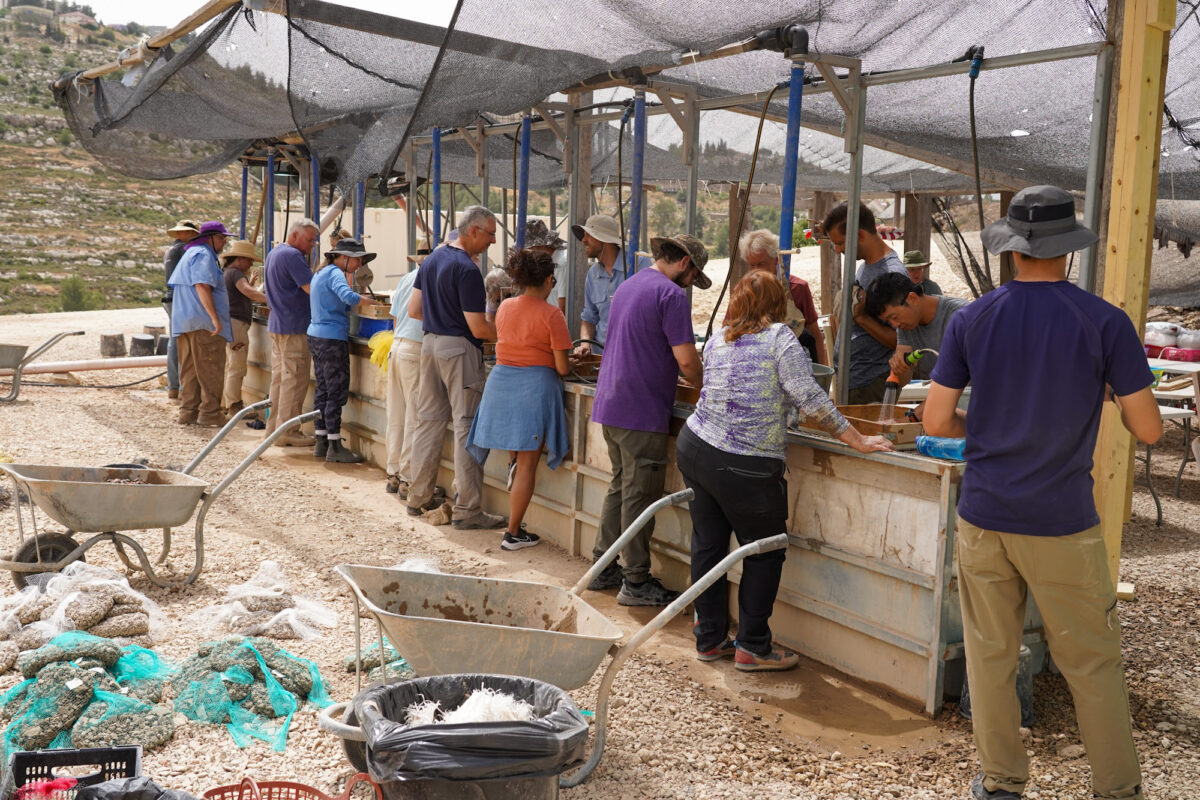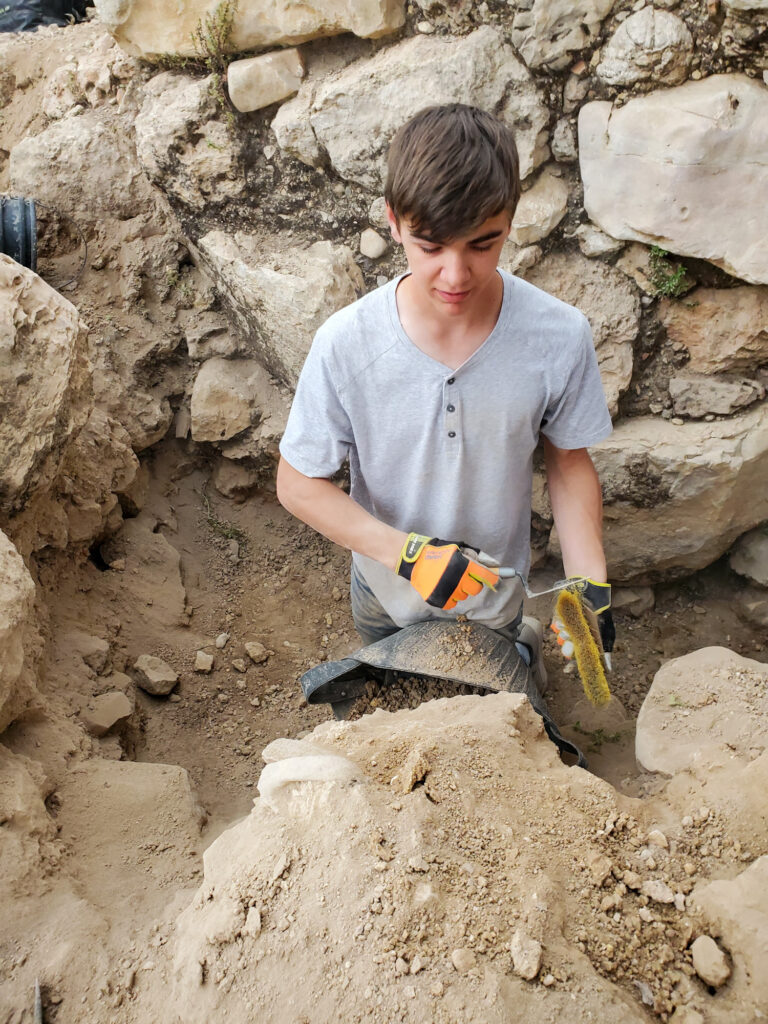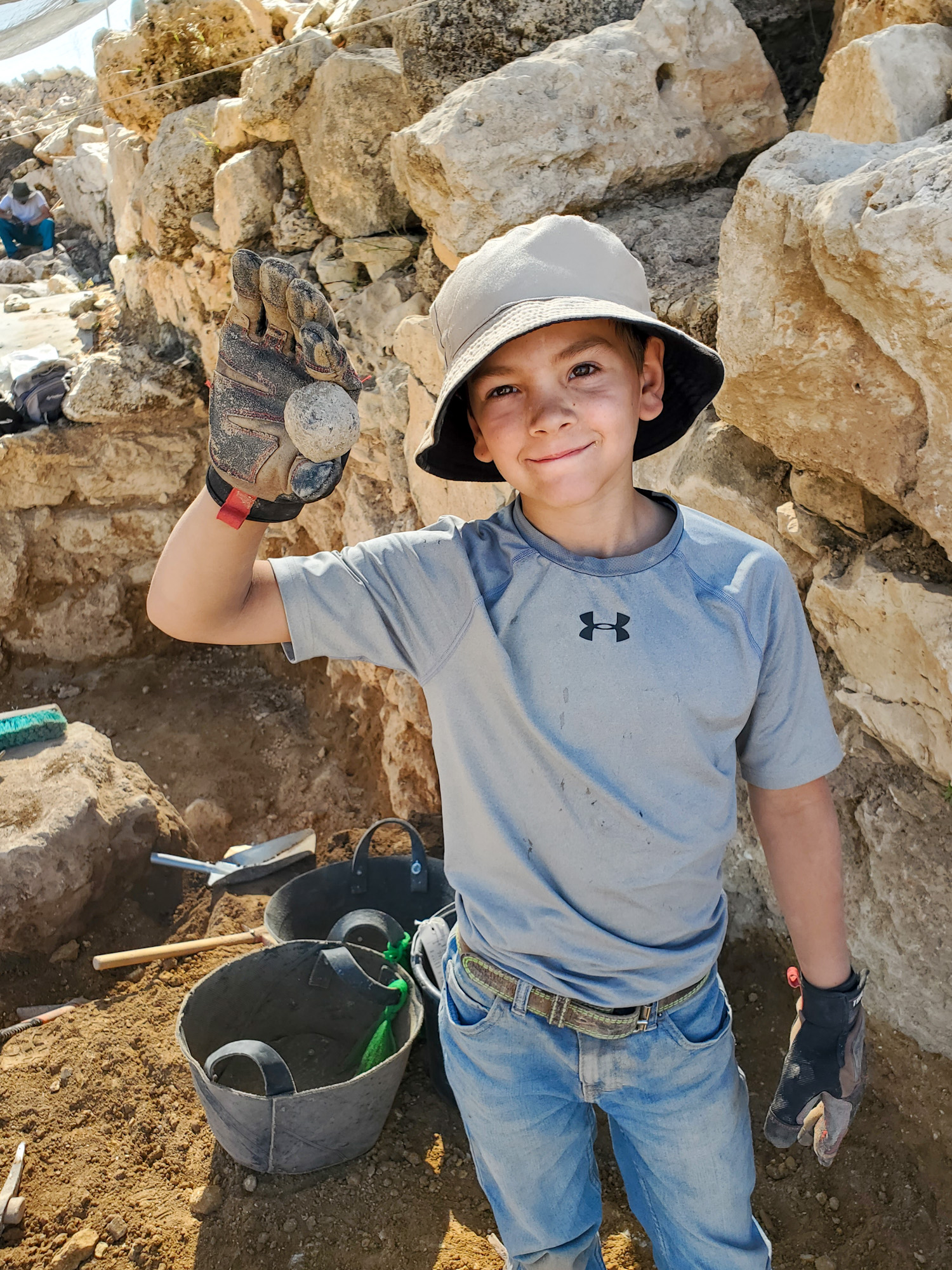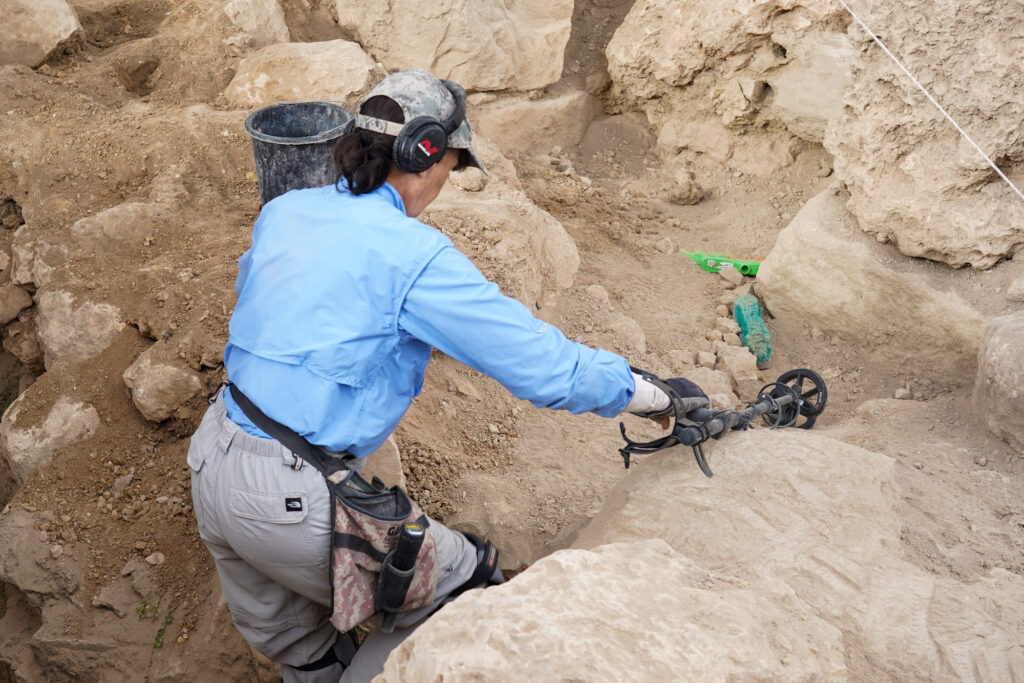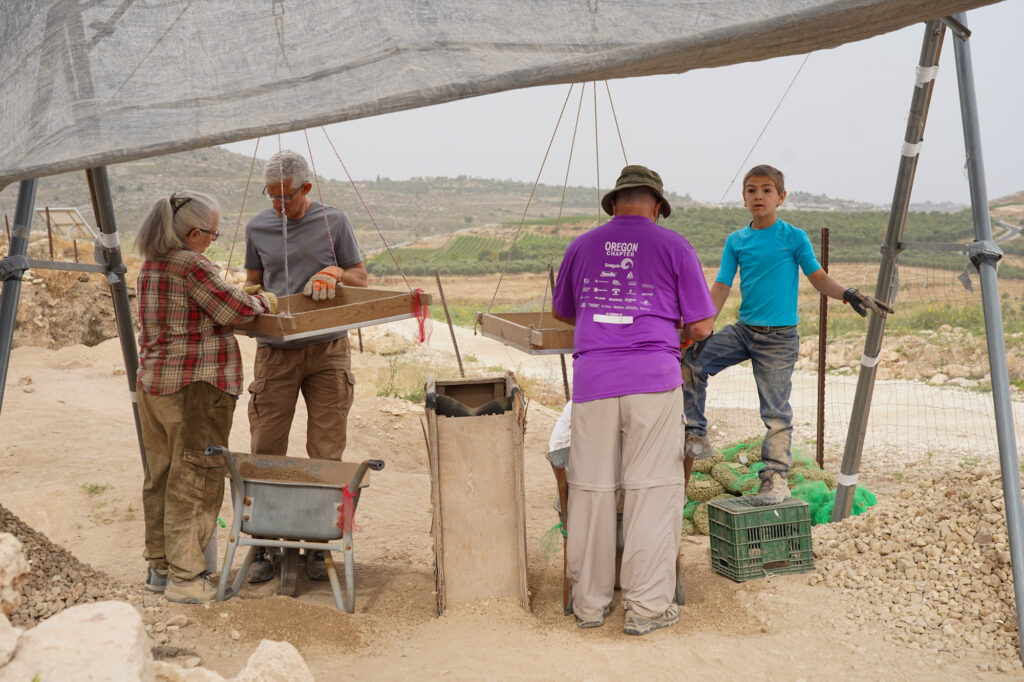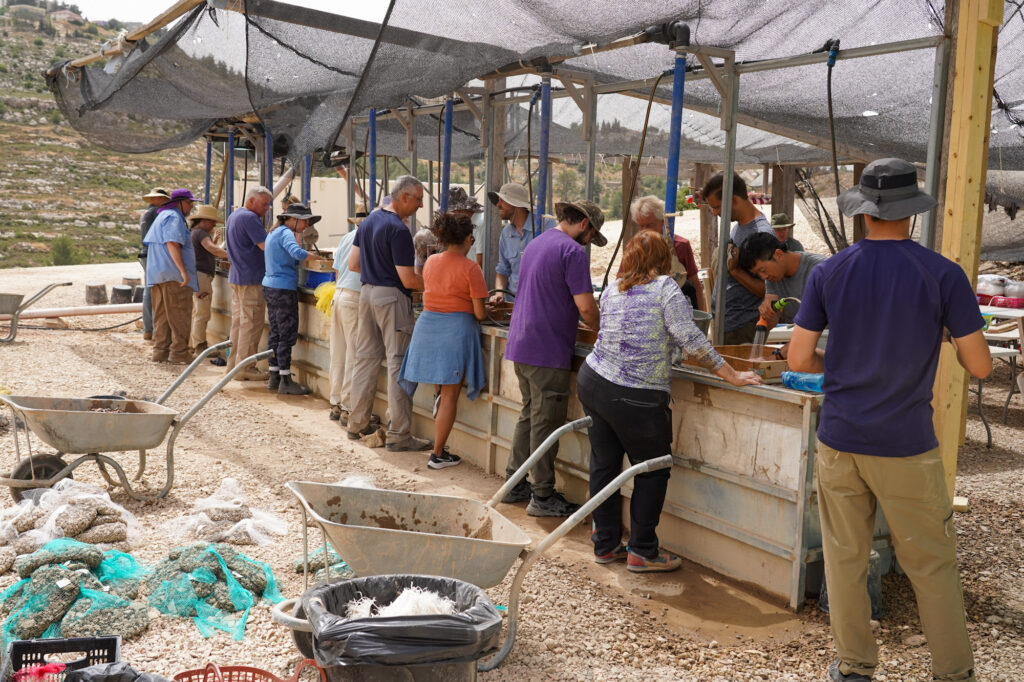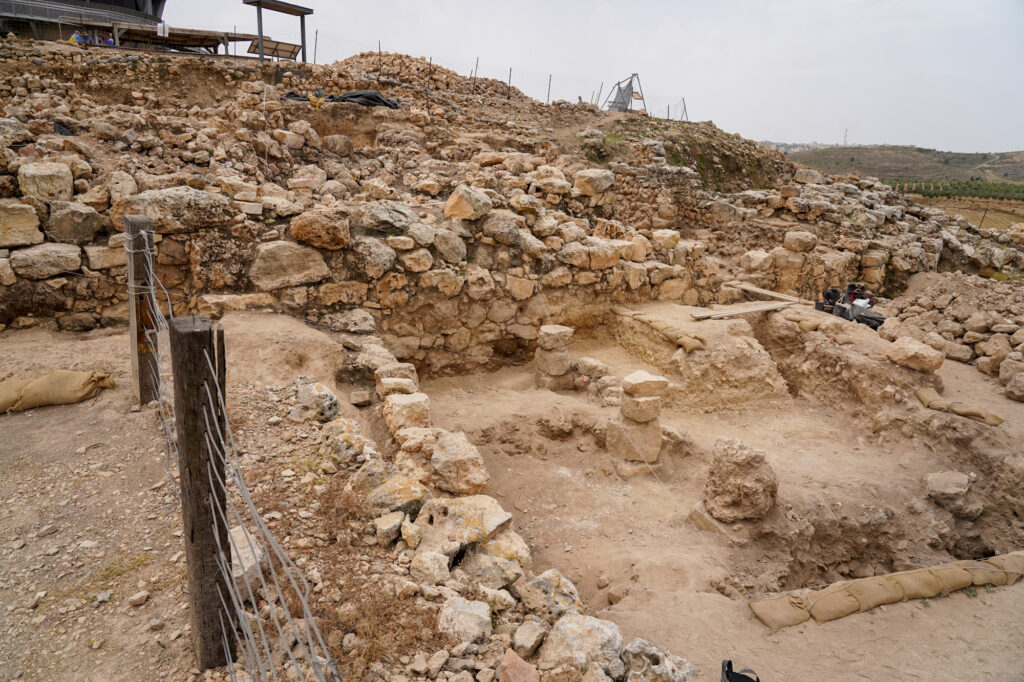After a week of 4 AM breakfasts we returned to a more relaxed schedule. We walked to the Grand Court Hotel for our pickup bus and transferred to a meeting place at the Mount of Olives overlook. We found our bus 14 and rode down, down, to sea level, and down, down, some more.
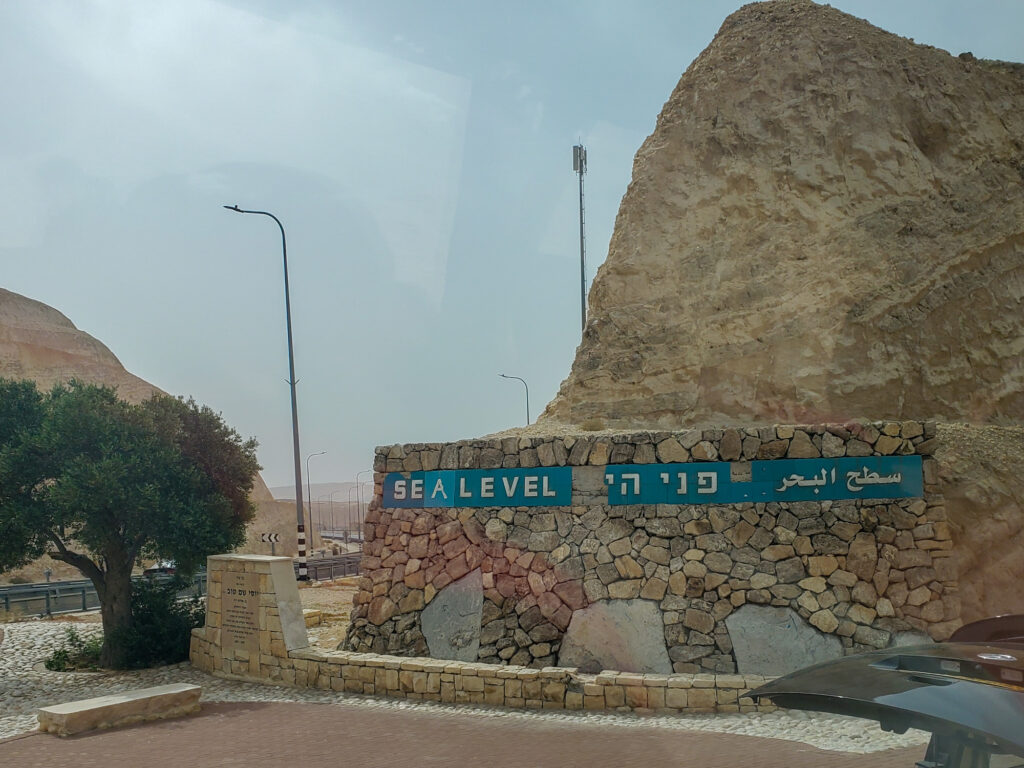
At Kahlia Beach on the Dead Sea we met our Bedouin guide Ali. We embarked on a desert safari advertised as for “the more adventurous.”
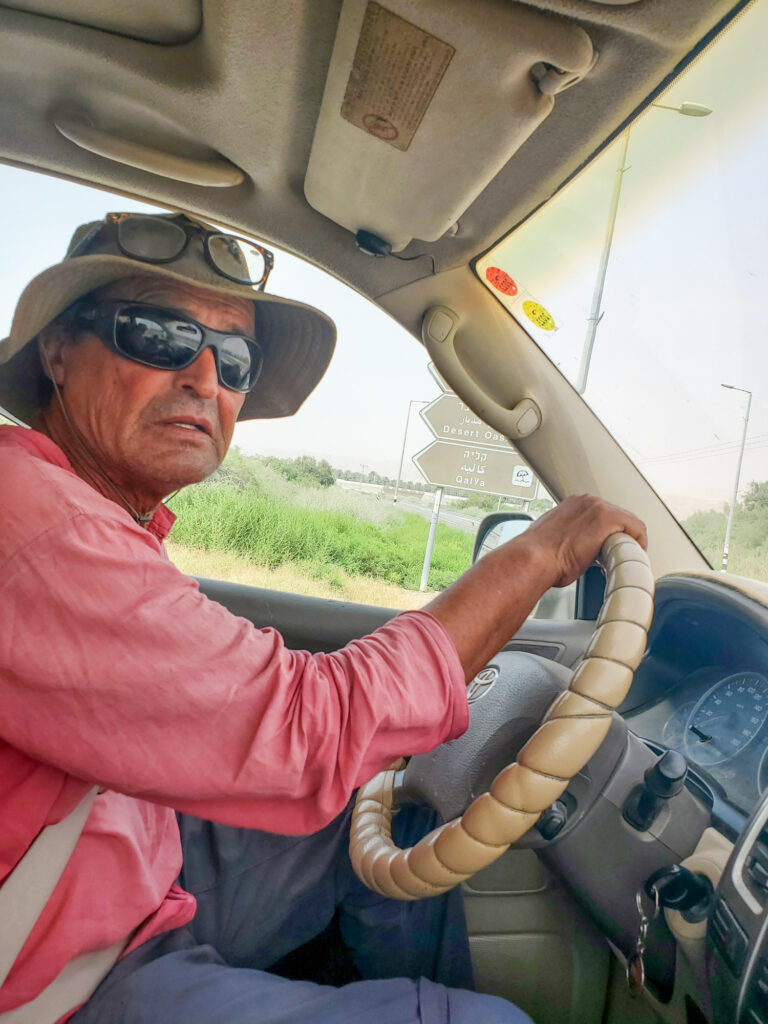
Ali first took us to a high cliff overlooking the Dead Sea. The air was hazy with dust and some humidity. Ali said it may be from a storm in the Sahara or somewhere. This kind of weather is hard on people with asthma.
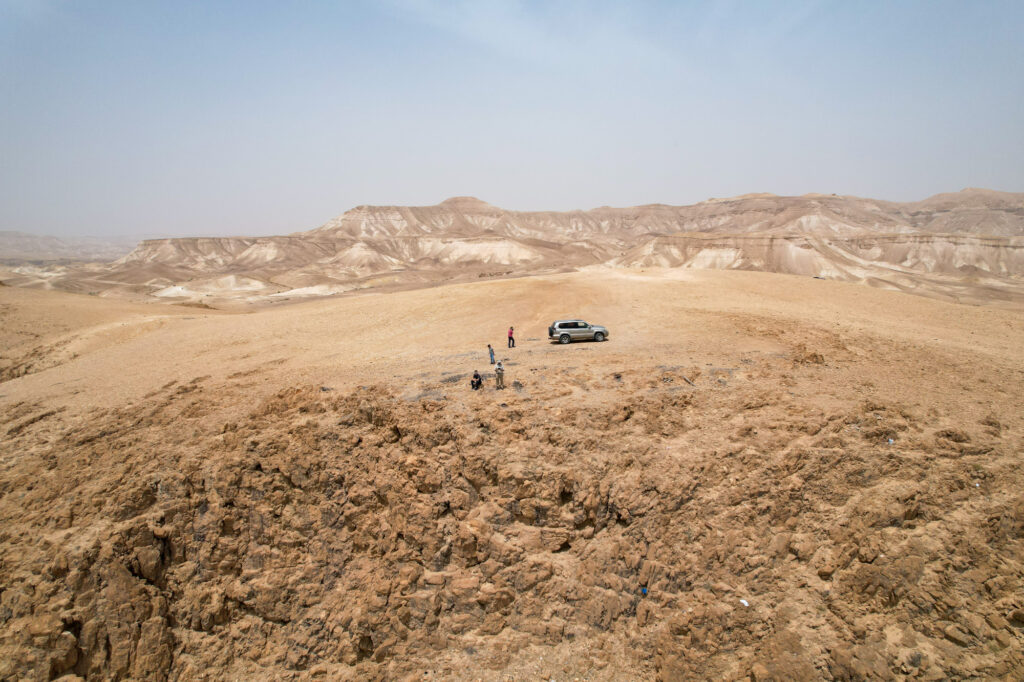
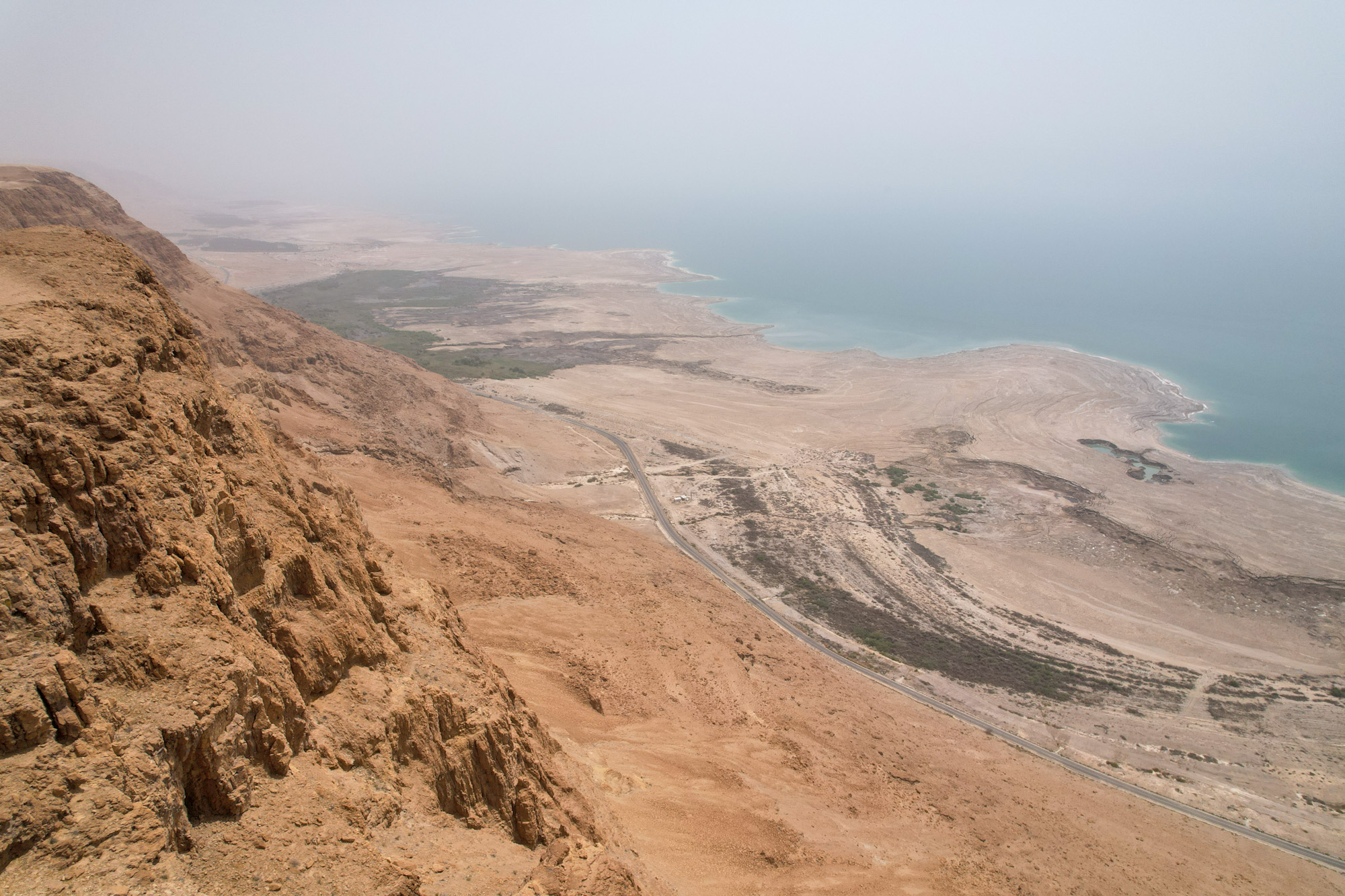
We took the 4×4 Toyota deep into a nature reserve in the Judean wilderness. Ali has a wealth of knowledge of the desert plants and animals. He also has a great sense of humor, mentioning something about getting lost in the wilderness for forty years. Easing the Toyota across boulders in a washed out part of the trail, he said not to worry, it’s his wife’s car
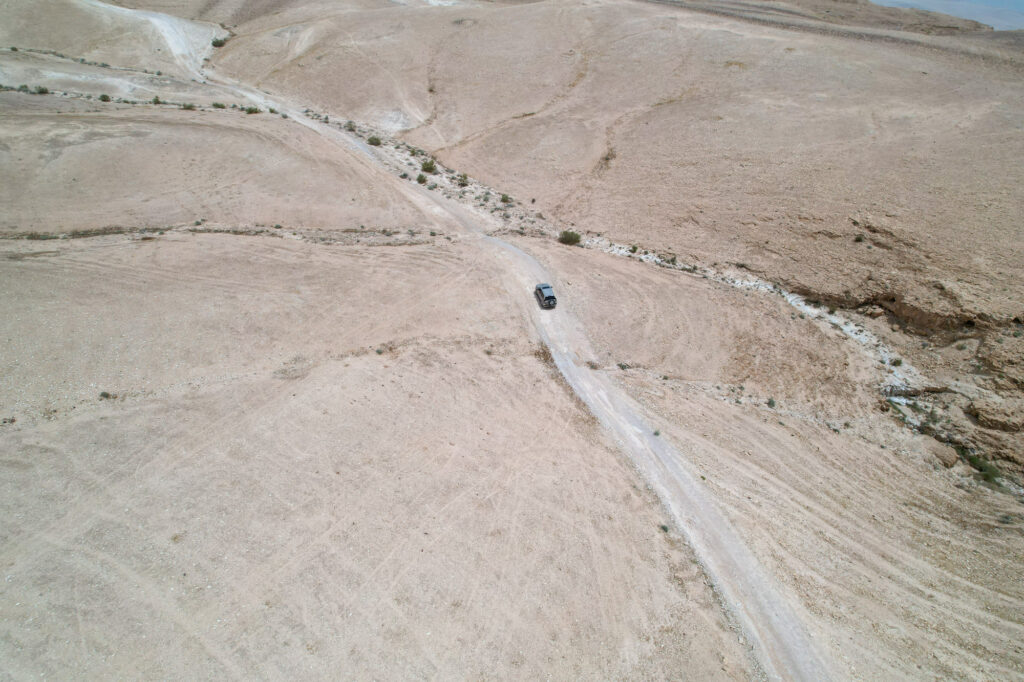
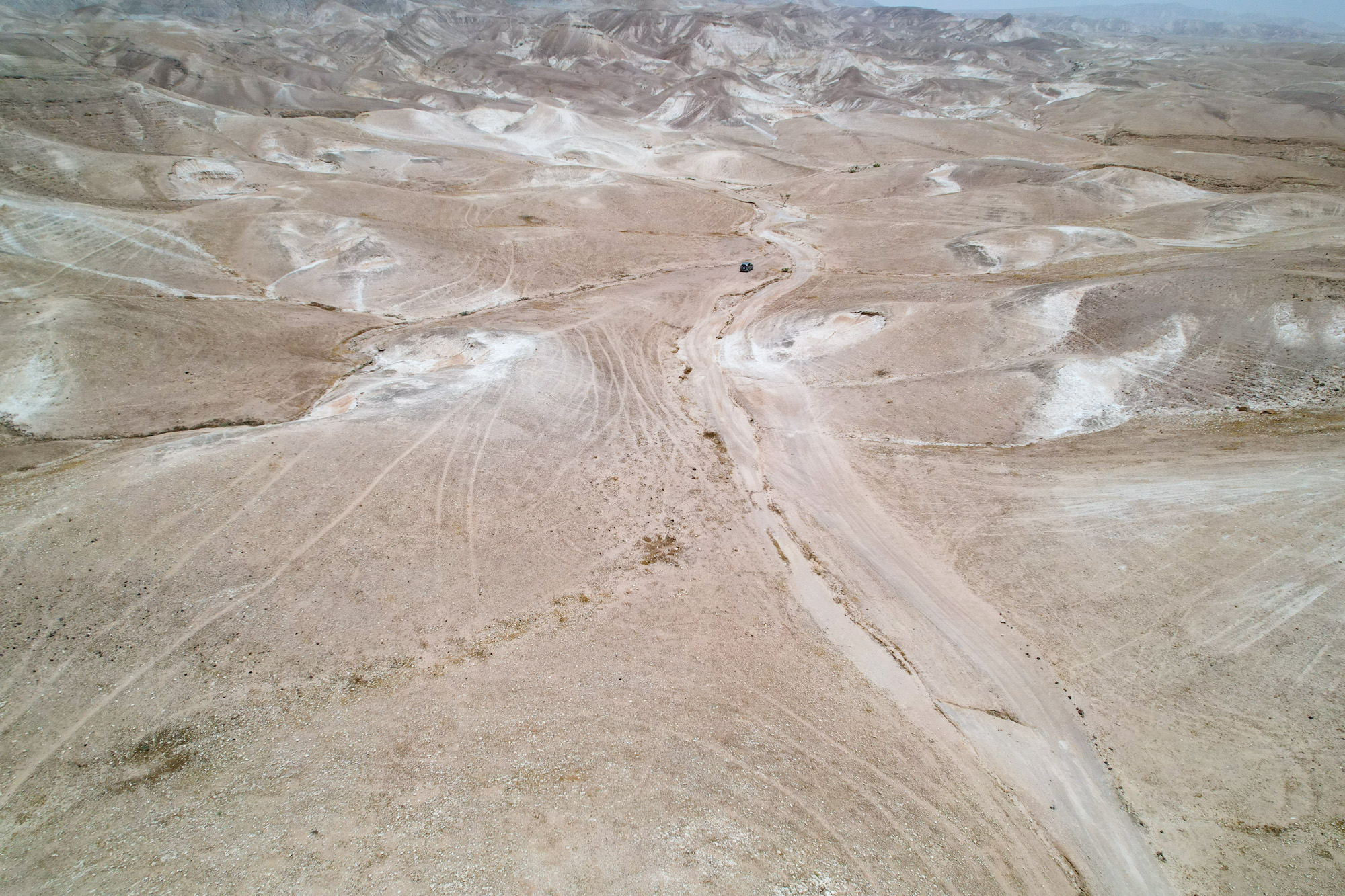
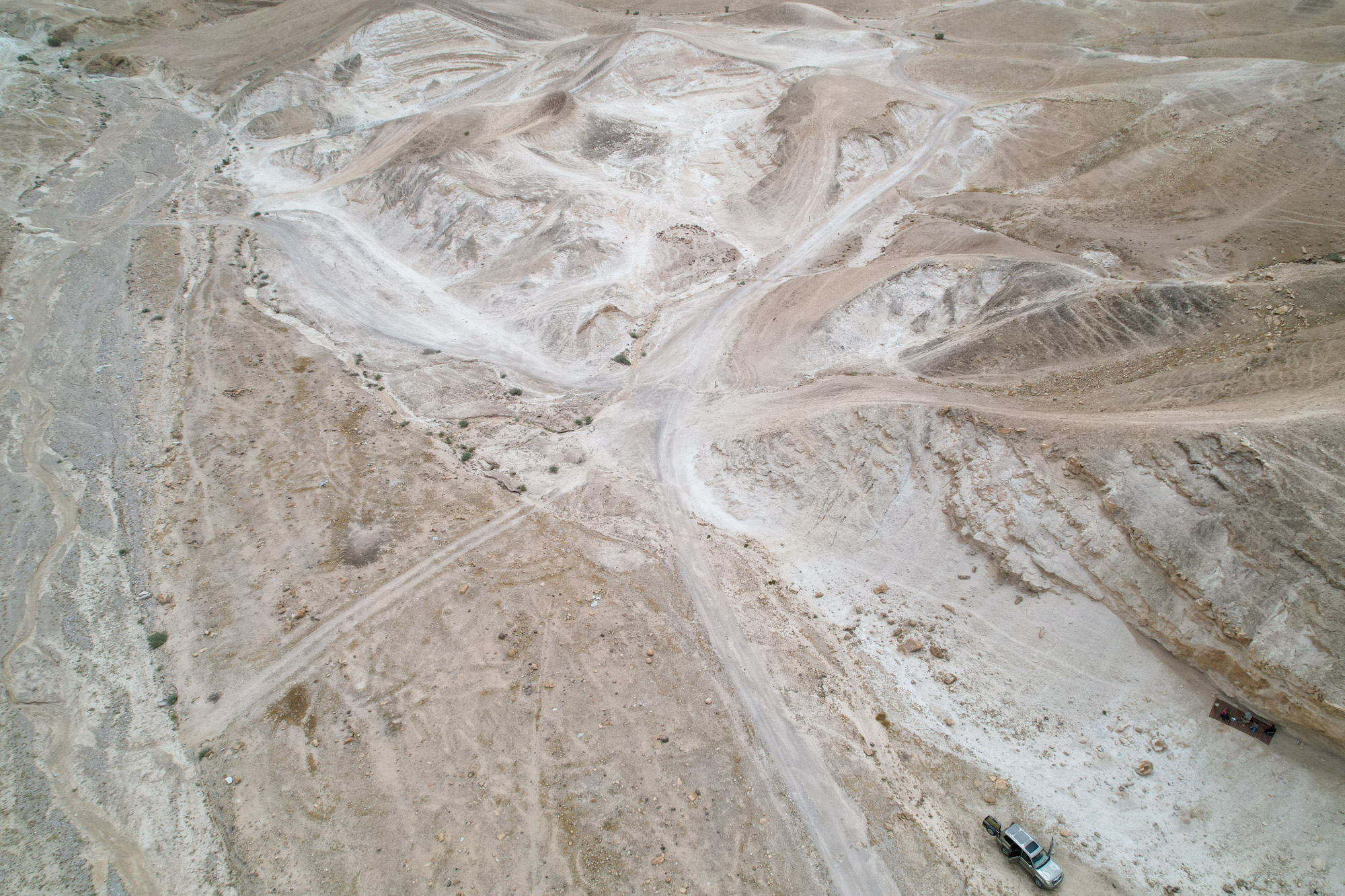
He found a bit if shade under a cliff and served us watermelon and cookies.
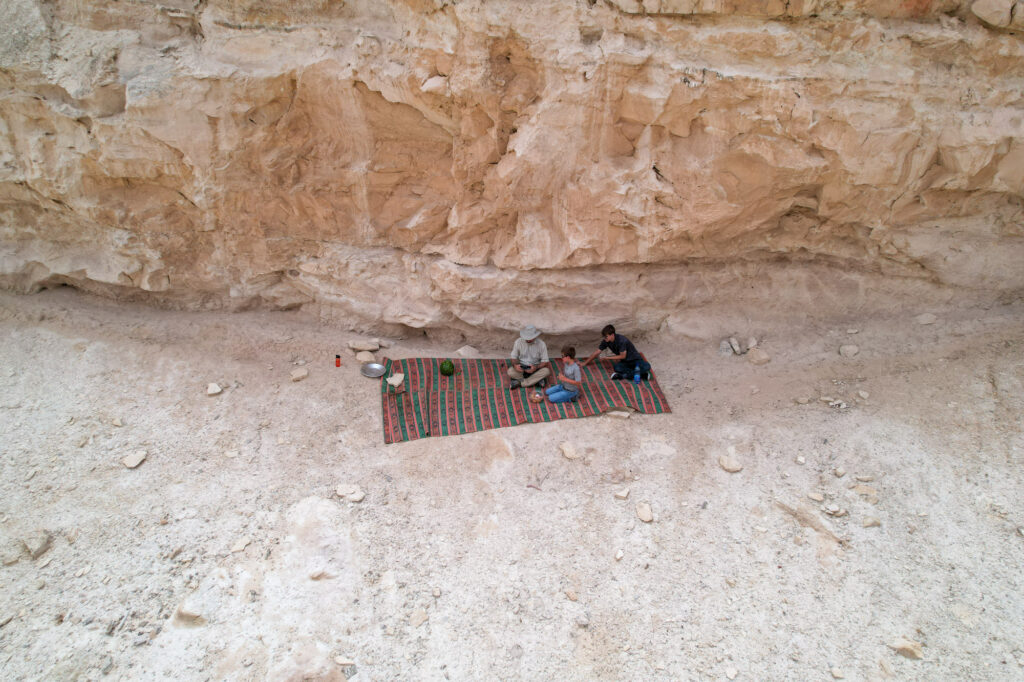
Then we went looking for scorpions.
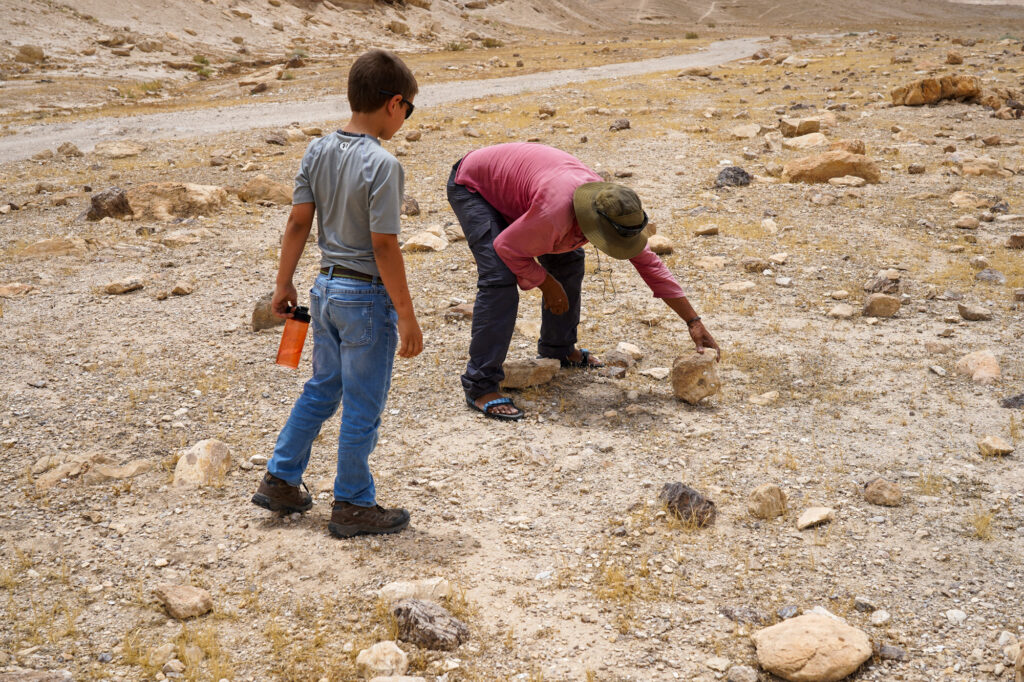
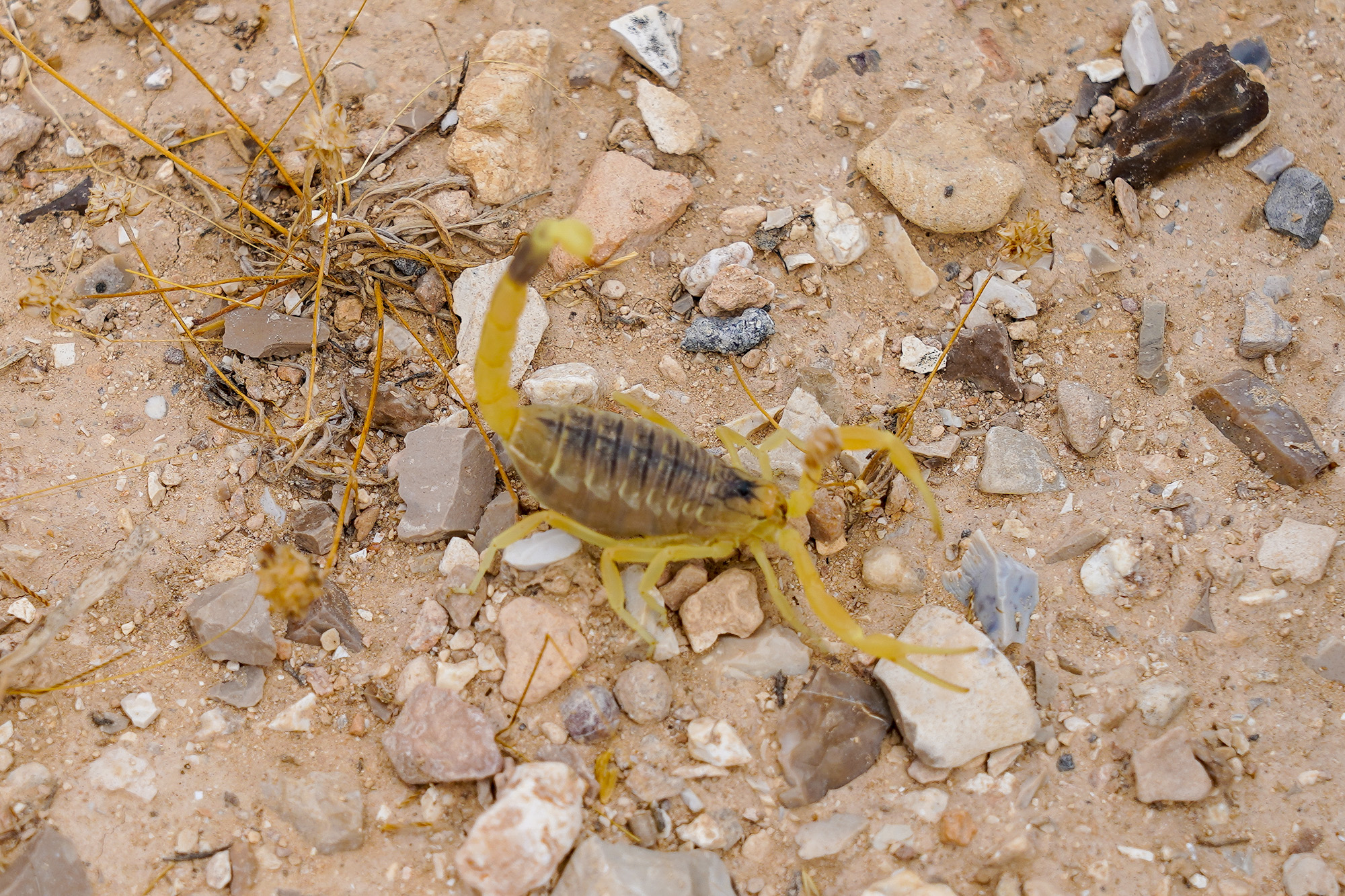
This tree he said is a Bedouin forest. It’s actually a thorn tree, maybe like the one used for Jesus’ crown of thorns.
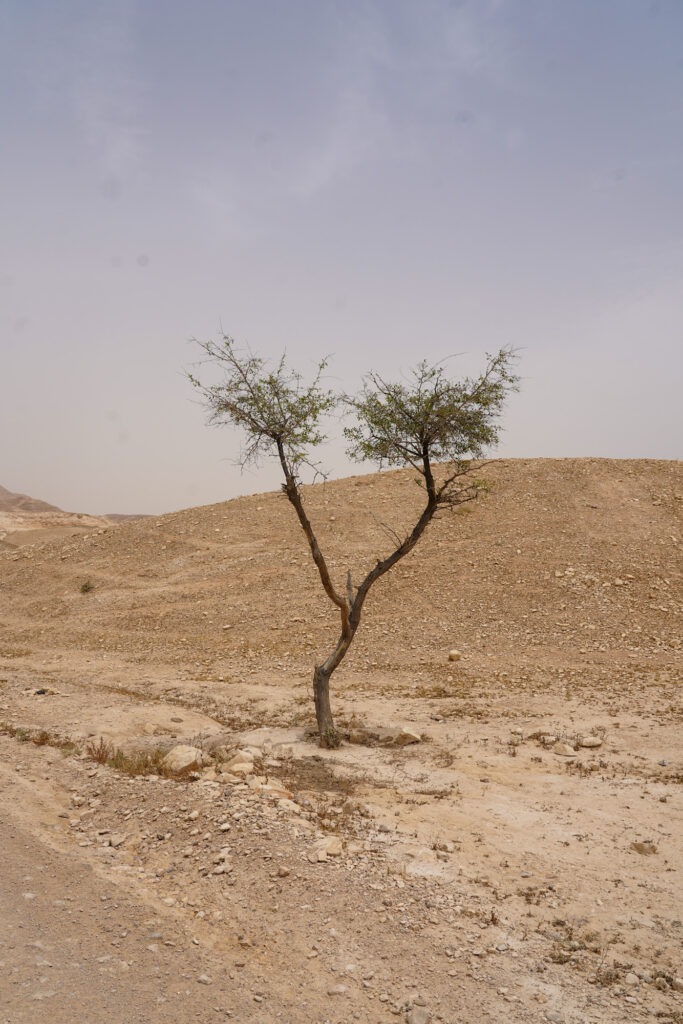
We finished the day with a float in the Dead Sea, the lowest spot on earth.
